Owning a historic home can be a dream come true, but it often comes with unexpected challenges. While these homes offer charm, character, and a deep sense of history, they also present unique maintenance and lifestyle difficulties. From outdated wiring to strict renovation regulations, historic homeowners must navigate a variety of obstacles. Here are 10 nightmares people commonly face when living in a historic home.
1. Outdated Electrical Systems
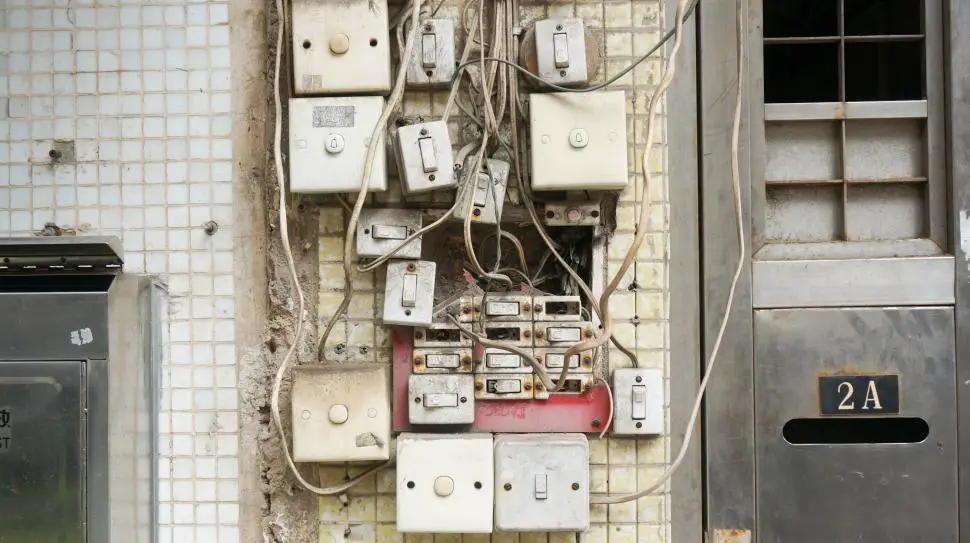
Many historic homes were built before modern electrical standards, making outdated wiring a serious concern. Knob-and-tube or aluminum wiring may not support today’s electrical demands, increasing the risk of power failures and fire hazards. Upgrading electrical systems often requires opening walls, which can be both costly and invasive. Without proper updates, running multiple appliances simultaneously may trip the circuit breaker.
Rewiring a historic home is not only expensive but also subject to strict building codes. Some homes may still have fuse boxes instead of circuit breakers, adding another layer of inconvenience. Hiring a specialist who understands historic preservation is essential but can significantly increase costs. Ignoring electrical upgrades can lead to frequent outages and potential safety hazards.
2. Inefficient Heating and Cooling
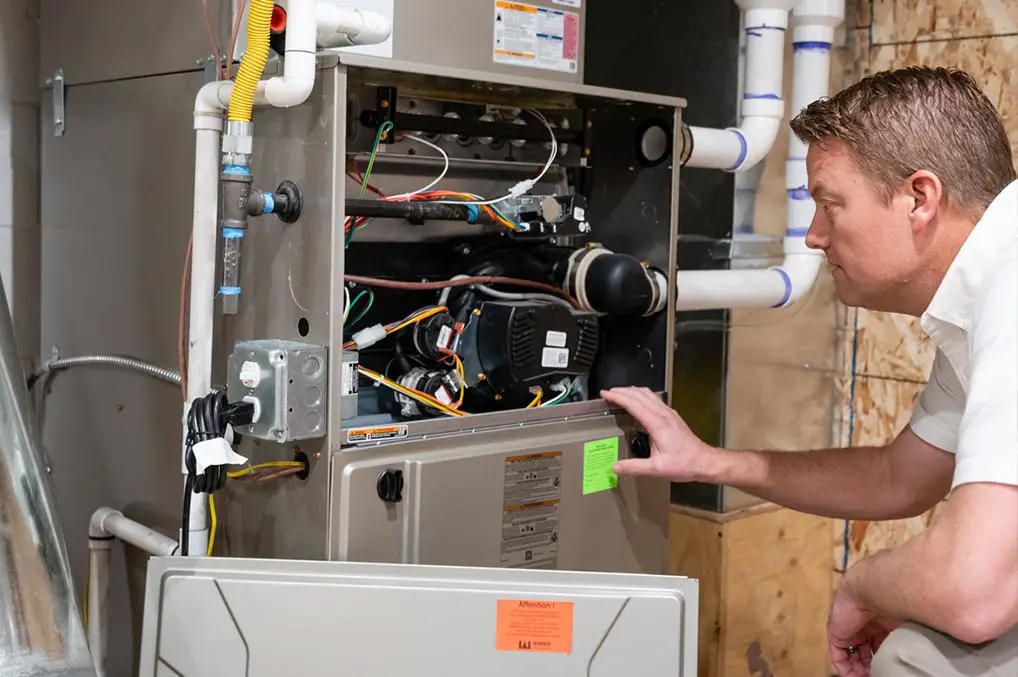
Older homes were not designed with modern HVAC systems in mind, leading to inefficiencies in heating and cooling. Many historic homes rely on outdated radiators, fireplaces, or even no central heating at all. Poor insulation allows heat to escape in winter and makes cooling a challenge in summer. The result is high energy bills and inconsistent indoor temperatures.
Retrofitting an HVAC system into a historic home is often complex and expensive. Ductwork may not fit within the original structure, requiring creative solutions like mini-split systems or hidden vents. Some homeowners opt for space heaters or window air conditioners, which can be inefficient and unsightly. Without proper climate control, comfort levels fluctuate drastically throughout the year.
3. Plumbing Problems
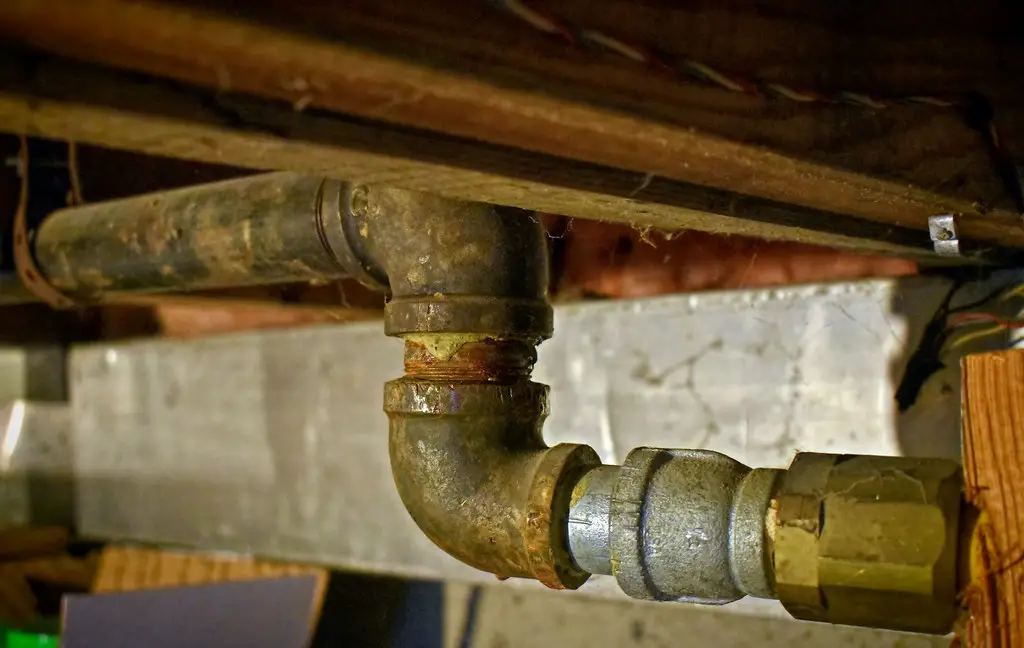
Many historic homes still have original plumbing, which can mean outdated materials like lead or galvanized pipes. These old pipes corrode over time, leading to leaks, water pressure issues, and even potential health hazards. Replacing plumbing in a historic home is often expensive and disruptive, requiring walls and floors to be opened. If left unaddressed, plumbing failures can cause severe water damage.
Homes with original bathrooms may also face issues with outdated fixtures and small pipe diameters. Drainage problems and frequent clogs are common, especially in homes that still use cast iron pipes. Finding replacement parts for historic plumbing fixtures can be difficult and costly. Many homeowners must balance preservation with modernization to ensure functionality.
4. Strict Historic Preservation Laws
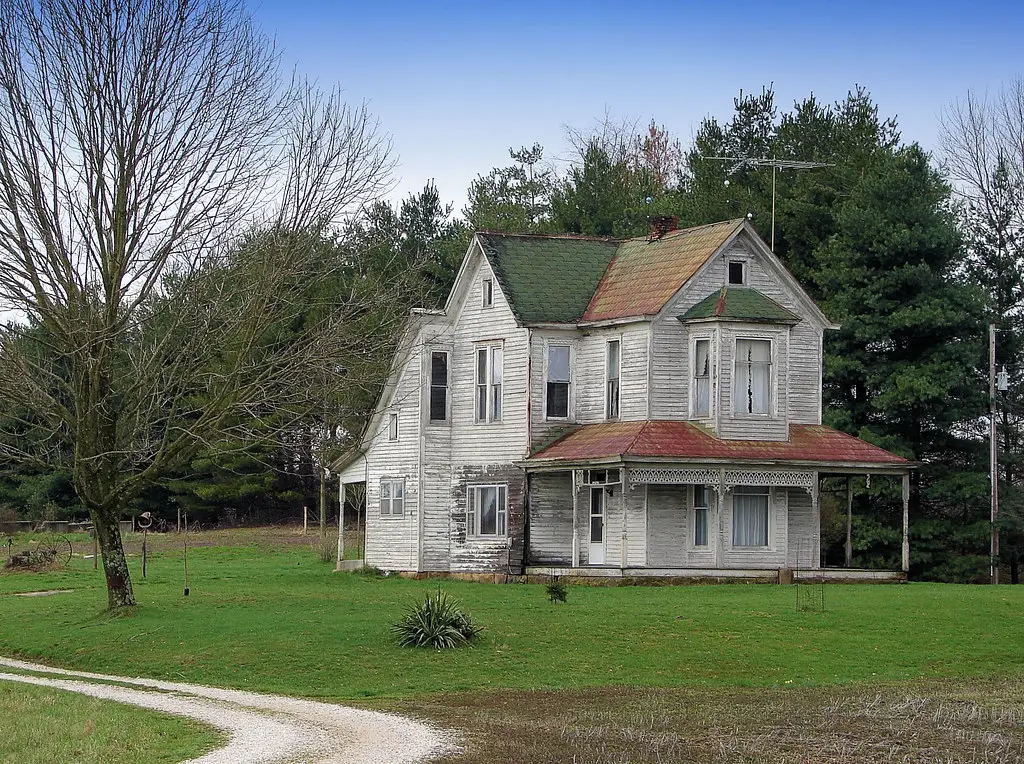
Many historic homes are subject to preservation guidelines that limit renovation options. Local historic commissions may require homeowners to obtain special permits before making changes. Even minor updates, like painting the exterior or replacing windows, may need approval. These restrictions can make renovations more time-consuming and expensive.
While preservation laws help maintain architectural integrity, they often create headaches for homeowners. Some areas require materials and techniques that match the original construction, which can be costly and hard to find. Violating historic regulations can result in fines or forced restoration to the original condition. Homeowners must navigate bureaucratic hurdles before making even simple improvements.
5. Expensive Repairs and Maintenance
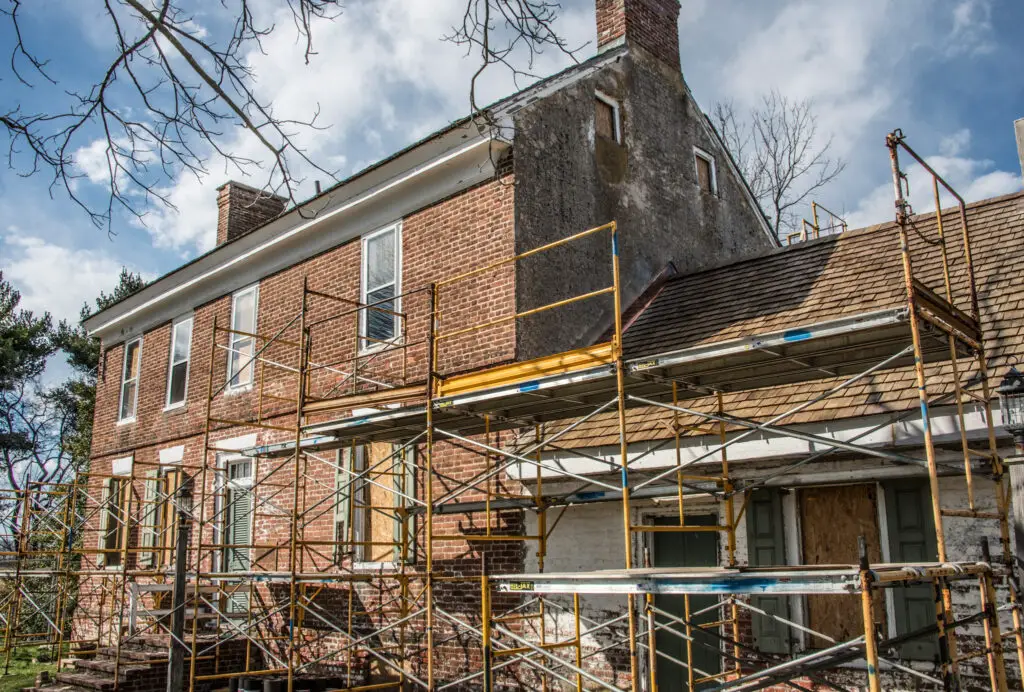
Maintaining a historic home is often far more expensive than a modern house. Original materials, such as hand-carved woodwork or slate roofing, require specialized repairs that cost more than contemporary alternatives. Routine maintenance tasks, like repainting or replacing worn flooring, can quickly add up. Unexpected repairs can turn into financial burdens, especially if they require custom craftsmanship.
Unlike newer homes, historic homes rarely have warranties on structural elements or systems. Insurance policies for historic properties may also be more expensive due to the specialized repairs required. Some homeowners struggle to find skilled contractors familiar with historic preservation. Keeping up with maintenance is crucial to prevent minor issues from turning into major problems.
6. Foundation and Structural Issues
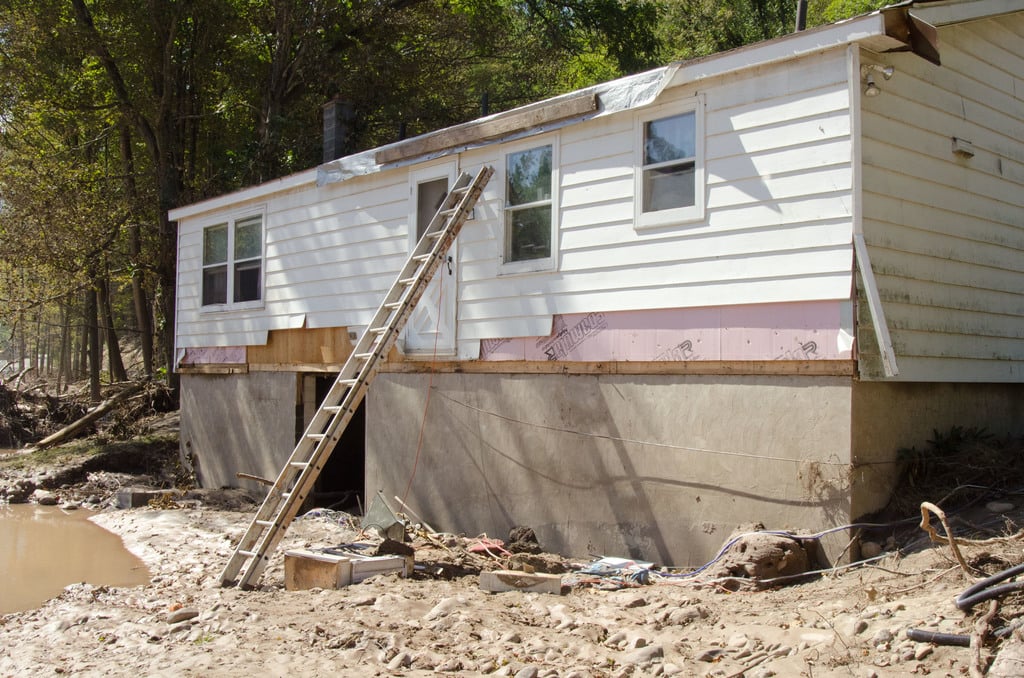
Over time, historic homes may experience foundation settling, causing cracks, uneven floors, and structural instability. Many older homes were built without modern reinforcements, making them more vulnerable to shifting soil and water damage. Repairing foundation problems is often costly and requires specialized knowledge. Ignoring structural issues can lead to serious safety concerns.
Some historic homes were built with materials that are no longer commonly used, such as lime-based mortar or handmade bricks. Finding matching materials for restoration can be a challenge. Moisture problems and termite damage can further weaken a home’s structural integrity. Routine inspections are necessary to ensure the home remains safe and livable.
7. Lead Paint and Asbestos
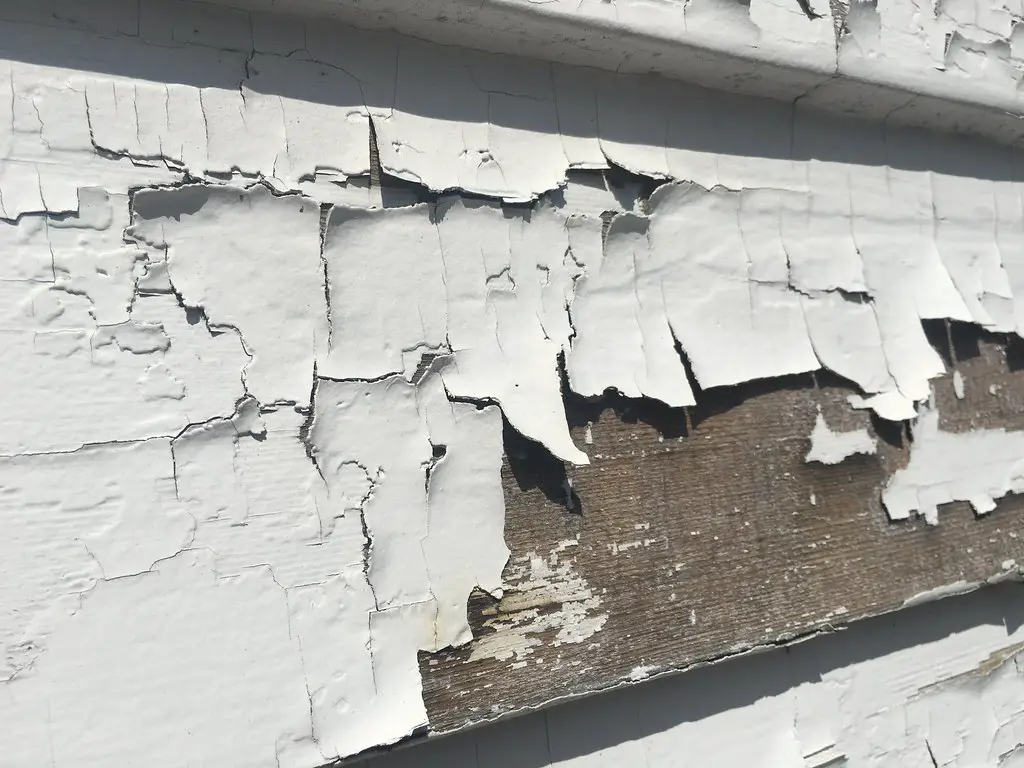
Many historic homes still contain lead-based paint, which can be hazardous, especially for children and pets. Lead exposure can lead to serious health issues, making remediation a necessity. Asbestos, commonly found in insulation, flooring, and ceiling tiles, is another potential health hazard. Removing these materials safely requires professional abatement services, which can be costly.
Even minor renovations can disturb lead paint or asbestos, releasing harmful particles into the air. Some homeowners choose to encapsulate these materials rather than remove them, but this is not always a long-term solution. Testing for lead and asbestos before any renovation project is crucial. Living with these hazards requires extra precautions and routine monitoring.
8. Drafty Windows and Poor Insulation
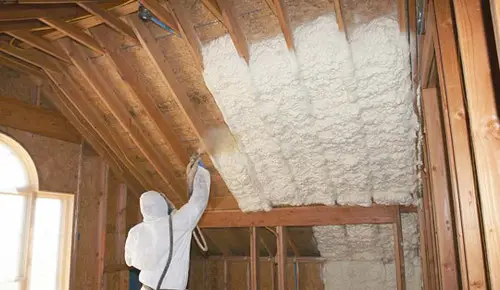
Many historic homes have single-pane windows that do little to insulate against heat and cold. Replacing them with modern energy-efficient windows is often restricted by historic preservation laws. Drafts make maintaining a comfortable indoor temperature difficult, leading to high energy bills. Some homeowners install storm windows or weather stripping as a compromise.
Insulation in historic homes is often insufficient or nonexistent. Many older homes were built without insulation in walls, making them difficult to heat and cool. Adding insulation without damaging historic materials can be a challenge. Homeowners must balance energy efficiency with maintaining the home’s original character.
9. Unusual Room Layouts and Small Closets
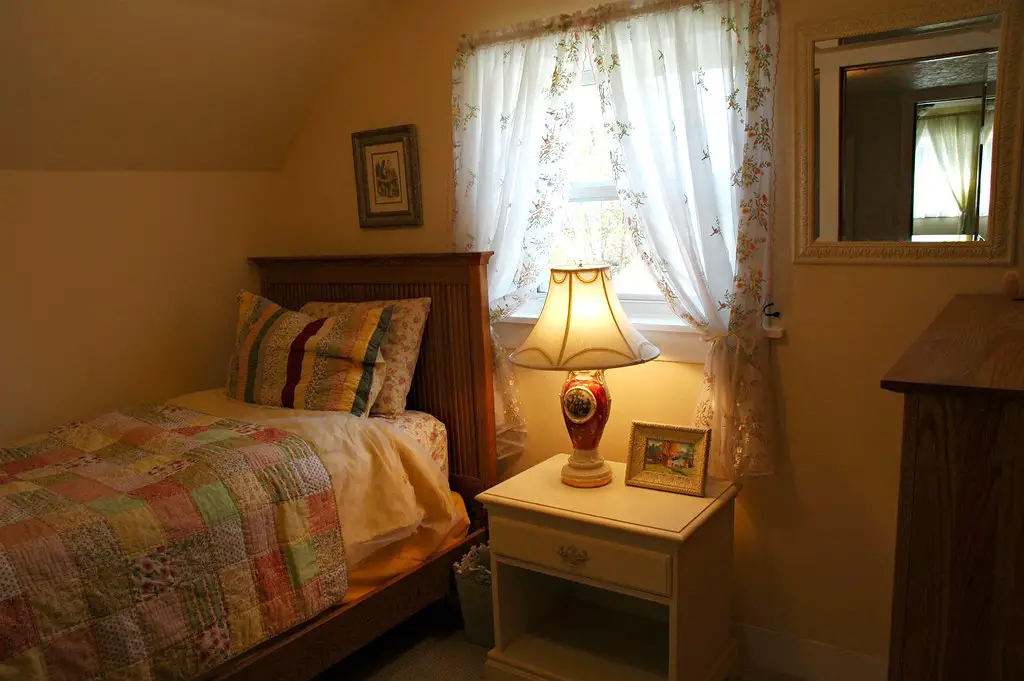
Historic homes were built for different lifestyles, often featuring small rooms, odd layouts, and limited closet space. Many older homes lack modern conveniences like large bathrooms or open floor plans. Expanding rooms or reconfiguring layouts can be difficult due to load-bearing walls and preservation restrictions. Homeowners must get creative with storage solutions to compensate for the lack of closet space.
Adapting a historic home to modern needs can require expensive renovations. Some homeowners struggle with tight staircases, low ceilings, or awkwardly placed doors. While historic charm is appealing, living in a home designed for a different era can be challenging. Custom-built storage and furniture solutions are often necessary to maximize space.
10. Pests and Rodents

Older homes often have small gaps, cracks, and hidden spaces that make them prime targets for pests. Termites, rodents, and insects can find their way into walls, attics, and basements. Removing infestations in a historic home can be more complicated than in a newer house. Some pest control methods, such as fumigation, may be restricted by preservation guidelines.
Many historic homes were built with materials that attract pests, such as untreated wood. Preventative measures like sealing cracks and regular inspections are necessary. Repairing pest damage can be costly, especially if termites compromise the structural integrity. Homeowners must remain vigilant to keep their historic homes pest-free.
